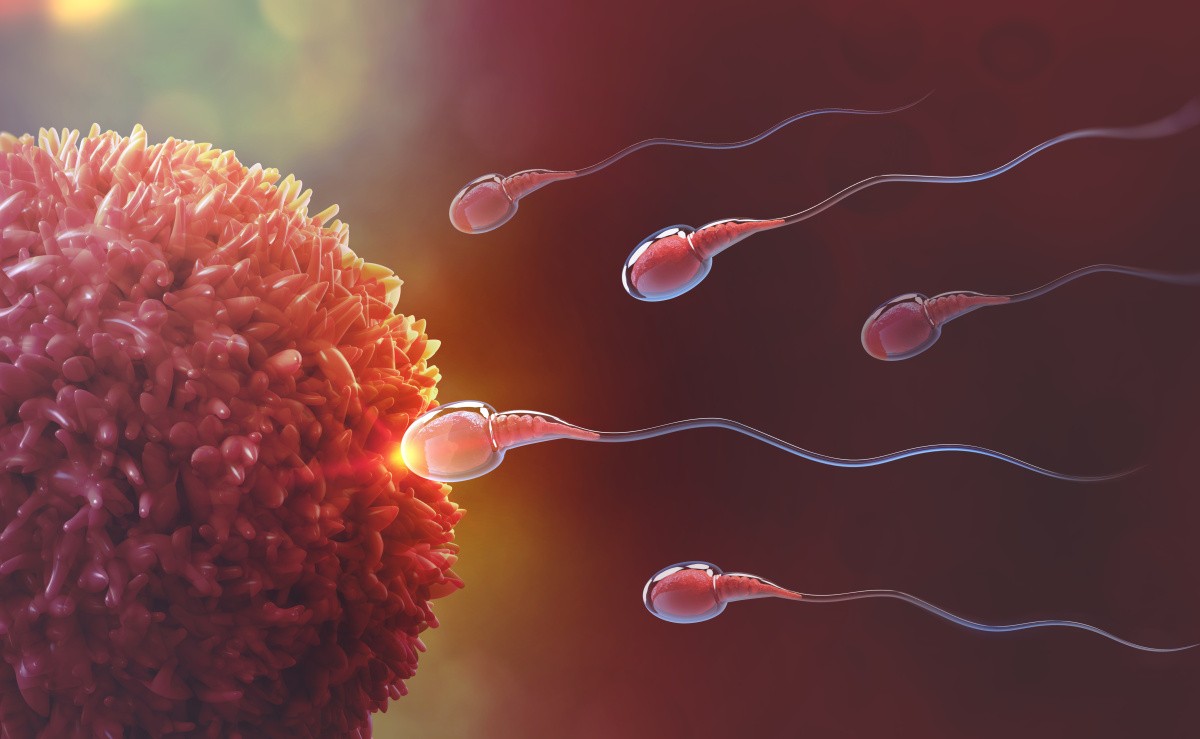Sexed semen has become a major resource for managing, developing and increasing the size of dairy cow herds. This sexing technology allows for new ways to plan mating between dairy females and males as well as the renewal of herds. However, as this semen has undergone various manipulations, it is therefore fragile and valuable from an economic viewpoint. Still, it is possible to maximise the chances of success by taking a few precautions. What are the best possible conditions for using sexed semen and for reaching the reproductive goals set?
Sexed semen is the fruit of advanced and recent technology. It is simple and relatively reliable, provided that one works carefully on high-quality semen. A study from the French Institute of Livestock in 2013, reported that the use of sexed semen could allow for the achievement of a sex ratio close to 90% in favour of forming female offspring.
What are the benefits of sexed semen for farmers?
Farmers who want to make the most of the genetic gain for the renewal of their herd often prefer to choose artificial insemination over other means of reproduction; they will therefore use sexed semen on their premium lineages (cows and heifers).
As for the rest of their herd (30-50%), the use of sexed semen will allow them to focus their breeding strategies on dairy heifers (female-sexed semen) for upcoming resale ends, and on hybrid calves (male-sexed semen) for obtaining the maximum price when selling young calves.
Sexed semen: a state of the art technology
Sexed semen is the result of sophisticated technology, which explains the over cost compared to regular semen. Its principle relies on appropriate gamete selection: in fact, the female gamete carrying the X chromosome is 4% heavier than the male gamete. Therefore, the mass of each spermatozoon can be estimated by means of selections made in a laboratory with around 90% accuracy. However, this whole manipulation process makes the spermatozoon weaker. It is important to provide animals with appropriate energy supplies, antioxidants and favourable environments for their development so that spermatozoa lives can be prolonged. Preserving this semen is therefore a major challenge.
A few tips for maximising the chances of success at artificial insemination (AI) with sexed semen
To maximise the chances of success, a few basic rules must be observed when using sexed semen:
- The cow should be ready for reproduction: regular cycle, normal uterine involution, and natural oestrus. It is therefore recommended that cows be inseminated with sexed semen 90 days after calving has occurred. However, only animals presenting a regular cycle can be inseminated. The semen can only be deposited in the cow 21 days after an 'oestrus base period' has occurred.
- Beware of the age limit. To benefit the farmer, the sexed semen could only be used in optimal conditions, with particular emphasis on younger cows. Our field experiments have shown the importance of age regarding artificial inseminations that are made on dairy heifers when aiming for an optimum result in sexed semen.
In this context, artificial insemination on heifers aged less than 24 months is considerably better (Figure 1).
Figure 1: Artificial insemination rate (in percentages) depending on the animal's age

- A balanced diet. Any feeding mistakes can have a significant effect on cows’ fertility and lower the success rate of the first A.I. Cows’ nutrition must be well mastered to this end (Figure 2). Particular attention also needs to be paid to seasonal changes: risks are increased when herds have to go back to the stables, grazing, corn changes, etc. Excess of rapidly degraded energy concentrates (wheat, cereals) or degradable nitrogen (nitrogen supplementation) is a frequent risk. Undertaking flushings and using solutions based on dietary minerals, trace elements and vitamins can contribute to improving the success rate of gestation.
- Quality of housing. An appropriate housing set-up for insemination, kept in sterile and sanitary conditions, is essential. Ensure this place is not too exposed to air currents, so that animals can stay healthy.
Figure 2: Artificial insemination rate depending on the cow's dietary level

The difference in success rates between artificial insemination and regular insemination can be reduced significantly by taking appropriate precautions and nutritional measures. The goals are to support the fecundity, fertility as well as embryo quality of cows. Would you like to benefit from the advantages of sexed semen on your own farm? Would you like to be able to use this semen with the same success rate and security as regular semen? Our experts from the Techna Group can assist you with your projects and are ready to answer your questions. Feel free to contact us!
Talk to our experts
Natual is a range of plant-based nutritional supplements designed to support the physiological functions of farm animals and crops, and in particular their natural defences.
